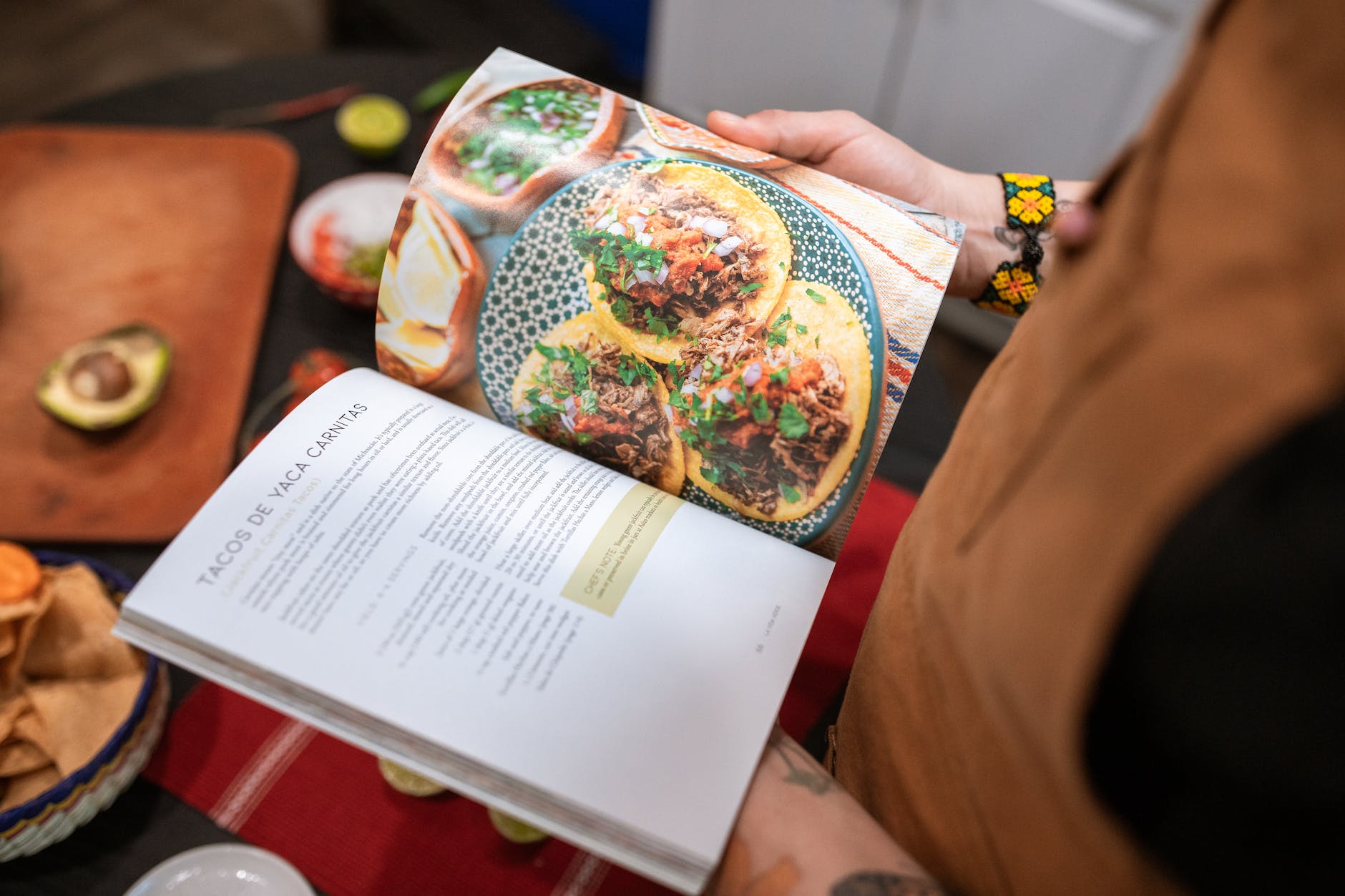—
With the progressive global tendency towards the legalisation and normalisation of cannabis, there is an associated surge in the development of various methods to consume it most effectively, safely, and discreetly. One of the most popular and burgeoning ways is through marijuana-infused foods or, more colloquially known as, cannabis edibles.
Cannabis edibles are a unique and delicious avenue of experience for both medicinal users seeking pain relief and recreational users keen on exploring the psychoactive effects. These products range from the iconic pot brownies and THC gummies to more gourmet dishes made from targeted cannabis recipes. Combining the love for gastronomy with the therapeutic relief or recreational joy cannabis provides, edibles are a discreet and flexible way to consume cannabis.
Cooking with cannabis might seem like a challenging task at first, especially considering the potential for unpleasant aromatic reminders. However, this method can provide an unparalleled degree of dosage control when carefully executed. More experienced users often prefer creating their edibles through cannabis butter or oil infusions. Cannabis butter, for example, is a common base in many cannabis-infused foods due to its versatility in baking and cooking various dishes.
Making cannabutter involves simmering butter and cannabis together, allowing the cannabinoids or active compounds (like THC and cannabidiol, known as CBD) to bind with the butter fat. Once the mixture cools, the cannabis-infused butter can replace the regular butter in a wide array of recipes. An important note to consider when cooking with cannabis is the heat. THC, CBD, and other active compounds are sensitive to high temperatures which could degrade their effects.
Cannabis edibles are often labeled by the quantity of THC or CBD content, indicated in milligrams. This transparency in dosage control is useful for those users who prefer to regulate their intake or avoid potential unpleasant experiences.
With cannabis edibles, the onset of effects can take longer compared to inhalation—typically about one to two hours. However, the effects duration can last longer, providing relief for several hours. This is an important factor to consider when deciding the cannabis-consuming method that suits your needs, potency preferences, and lifestyle. While oral consumption may not provide an immediate onset, it does offer a longer-lasting effect, which can be an advantage for those treating persistent symptoms.
But it’s not all about pot brownies and THC gummies; the cannabis edible market caters to a wide range of culinary preferences. Love pastas or soups? A dash of infused olive oil can easily enhance a meal with both flavour and effect. A fan of sweet treats? CBD chocolate bars, cookies, or lollipops might be a great fit. Besides, more health-focused users could opt for infused fruit juices, granola or salads, meaningful versatility grounded in personal taste and dietary routine.
Moreover, cannabis edibles are inherently discreet. They don’t produce smoke or strong cannabis odour, making them an attractive option for those seeking a low-profile and socially acceptable means of consumption.
However, consuming these delectable delights should be done with responsibility. The delayed onset of effects can lead to the over-consumption of THC, which can cause unpleasant experiences. It’s a good rule to “start low and go slow” to ensure the desired effects without adverse side effects.
In conclusion, edibles provide a creative and delicious avenue to enjoy cannabis, replete with dosage control, and are considered a discreet consumption method. While cannabis edibles may not fit everyone’s preferences or dietary habits, there’s no denying that this growing sector of the cannabis market dishes up a versatile and appetising range of options.
—
Sources:
